You’ve watered, weeded, and waited only to have a little crop or, worse, total crop failure. While some veggies practically grow themselves, others demand near-impossible conditions. From asparagus that makes you wait years for a harvest to Romanesco broccoli that needs mathematical precision to form its spirals, these plants specialize in frustration.
Pests attack them. The weather ruins them. Soil conditions make or break them. And when you think you’ve done everything right, they bolt, rot, or refuse to grow at all.
But knowing which vegetables fight back the hardest helps you decide where to focus your efforts or when to wave the white flag. Ready to find out Difficult Vegetables To Grow? Let’s dig in.
15 Frustratingly Difficult Vegetables To Grow In Your Garden
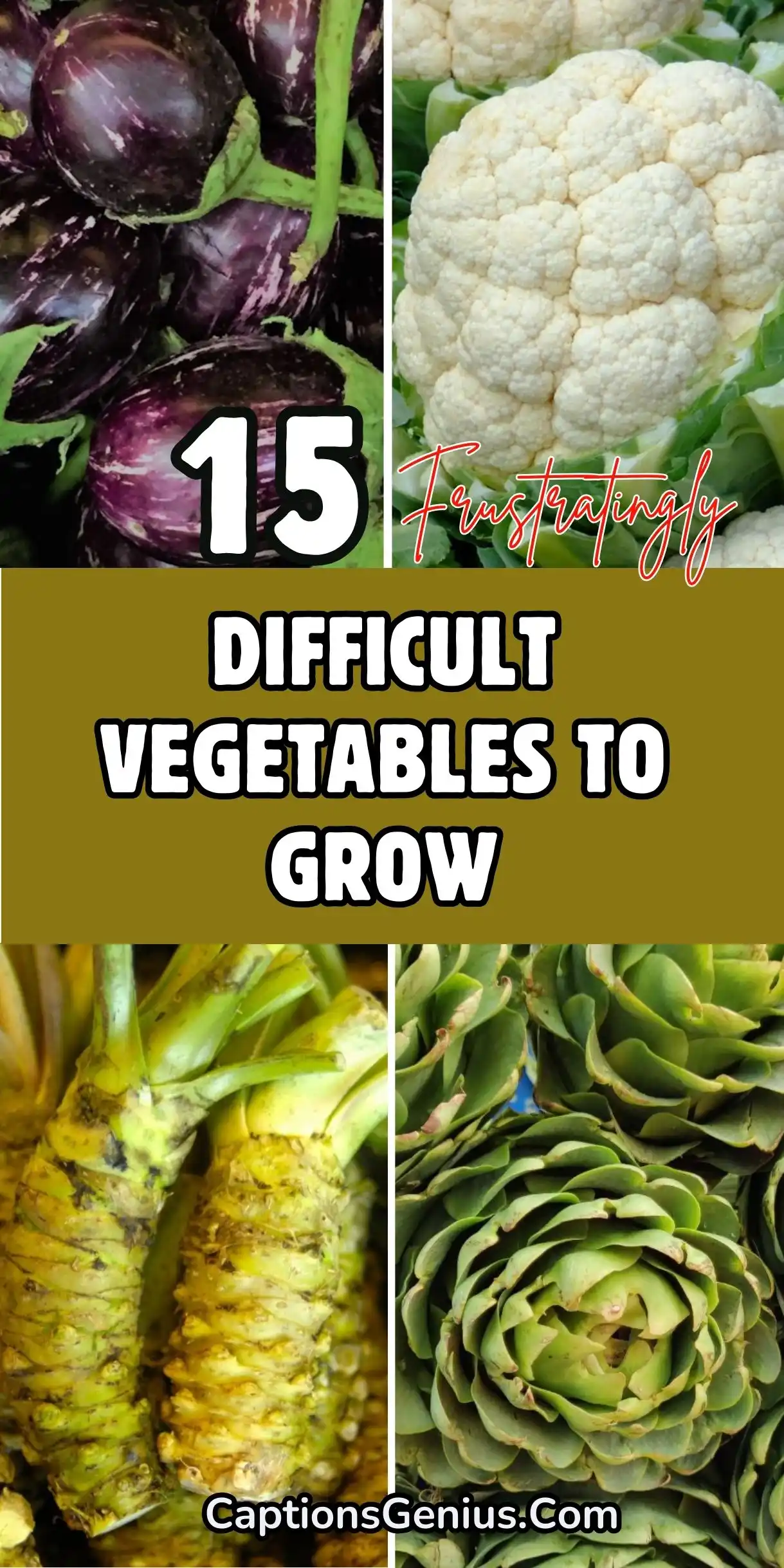
1. Artichokes

Growing artichokes is an ordeal even for the most dedicated gardeners. These plants demand time, often taking two years before producing edible buds. If winters are too harsh or summers too hot, they might not endure at all. Unlike quick-growing veggies, artichokes require a long establishment period, which makes them a perilous asset for impatient growers.
Climate plays a huge role in their success. They succeed in mild, frost-free coastal areas but struggle in extreme heat or cold. A sudden cold snap can kill young plants, while extreme summer heat causes buds to open prematurely, ruining their tenderness. Soil quality matters too, as they need well-draining, fertile ground with plenty of organic matter.
Space is another aspect. Mature plants spread wide, sometimes reaching five feet in diameter. Crowding them leads to poor airflow and disease. Even with perfect care, pests like aphids and slugs love dining on their tender leaves. For those willing to wait, the reward is worth it.
2. Cauliflower
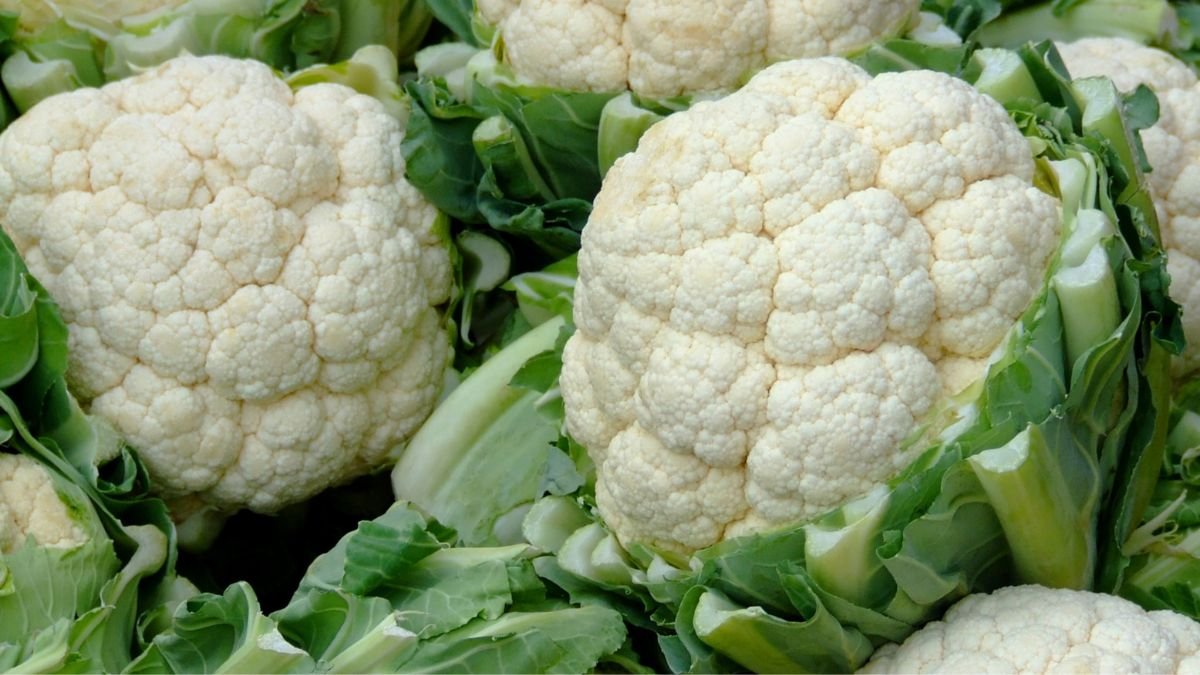
Cauliflower is infamous for its selective nature. The slightest stress, like too much sun or not enough water, or a minor temperature swing, can ruin the whole crop. Unlike broccoli, which tolerates some neglect, cauliflower demands near-constant attention to form those tight, creamy heads.
Timing is crucial. Starting too early causes frost damage to seedlings. Planting too late makes the heat cause loose, bitter heads. Even a few days of unexpected warmth can make the plant “button,” producing small, useless florets instead of a full head. Consistent moisture is the key, but overwatering causes decay.
Blanching adds another challenge. Without covering the developing head, sunlight turns it yellow or green, modifying flavor and texture. Also, wrapping it too tightly will cause trapped moisture causing curds to rot. Pests like cabbage worms and aphids add to the struggle. For all the effort, one mistake can mean no harvest at all.
3. Celery

Celery doesn’t just want water; rather, it needs it continuously. Even a short dry spell makes stalks turn tough, stringy, and bitter. This high-maintenance crop requires rich, moisture-retentive soil, frequent feeding, and a watchful eye to prevent stress.
Unlike other vegetables, celery grows slowly, taking up to 140 days to mature. Any nutrient deficiency stunts growth, leaving stalks thin and hollow. The soil must stay consistently damp but not waterlogged, or the roots suffocate. Many gardeners use drip irrigation or self-watering systems to keep up with its demands.
Temperature sensitivity is another hindrance. Too much heat causes bolting, while cold snaps stunt growth. Pests like slugs and celery leaf miners love the tender stalks, demanding regular monitoring. For those who succeed, homegrown celery is far more appetizing than store-bought.
4. Wasabi

Real wasabi is one of the hardest plants to cultivate outside its native habitat. It grows naturally along cool, shaded mountain streams in Japan, and replicating those conditions is nearly impossible for most gardeners. Without constant moisture, cool temperatures, and dappled shade, the plant withers quickly.
Even in the right climate, wasabi takes over a year to mature. The roots, which are the most prized part, need steady 50-60°F temperatures. If the temperature is any warmer, the plant rots; any colder, growth stalls. Soil must be rich, slightly acidic, and constantly moist but never soggy. Most attempts fail because indoor setups rarely imitate the natural streamside environment.
Pests and diseases love wasabi, too. Fungal infections flourish in the damp conditions they require, and slugs gulp the leaves. For those determined to try, the reward is a rare, spicy rhizome.
5. Celeriac
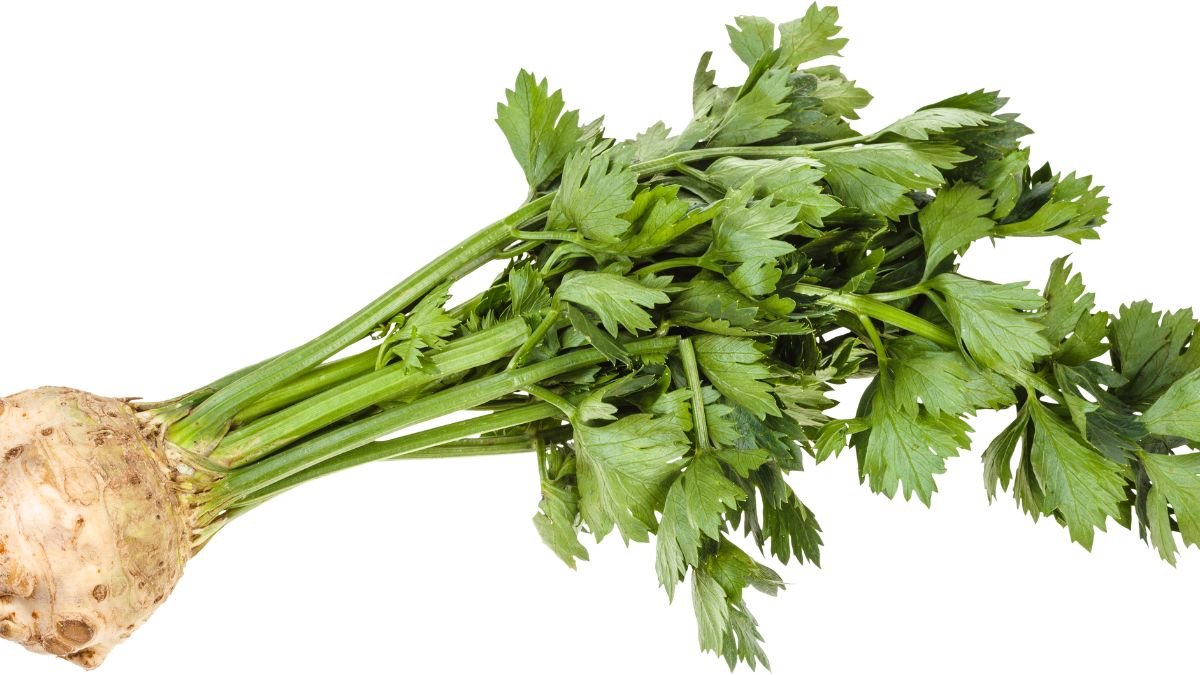
Celeriac might not win beauty contests, but it’s just as peevish as its celery cousin. This knobby root vegetable needs a long, cool growing season, special soil conditions, and plenty of nutrients to form its edible bulb.
Soil consistency is compulsory. If it is too condensed, the roots disfigure. If it is too sandy, moisture drains too fast. The plant requires constant fertilization, as any nutrient imbalance leads to small, woody bulbs. Unlike carrots or beets, celeriac won’t tolerate neglect. If you skip watering even once, growth stalls.
Timing is another challenge. If seeds start too late, the bulbs stay small. Transplanting them shocks the delicate roots, so direct sowing is better, but germination is slow and uneven. Pests like root maggots and leaf miners add to the struggle. For those who master it, celeriac offers a unique, nutty flavor.
6. Asparagus

Growing asparagus tests patience like few other vegetables. Unlike fast-producing crops, it demands years of care before rendering edible spears. The first harvest usually comes only in the third year, and full production takes even longer. Planting crowns correctly is compulsory. If they are too shallow, they dry out; if they are too deep, they struggle to break through.
Weeds compete fiercely with young asparagus, choking out tender shoots. Regular mulching helps, but persistent hand-weeding is often necessary. Once set, the plants need uniform moisture and well-drained soil to prevent rot. Any neglect in the early years can mean little growth or complete failure.
Another challenge is disease resistance. Fusarium wilt and rust can wipe out entire beds if not managed early. Even healthy plants require seasonal trimming and careful fertilization.
7. Brussels Sprouts
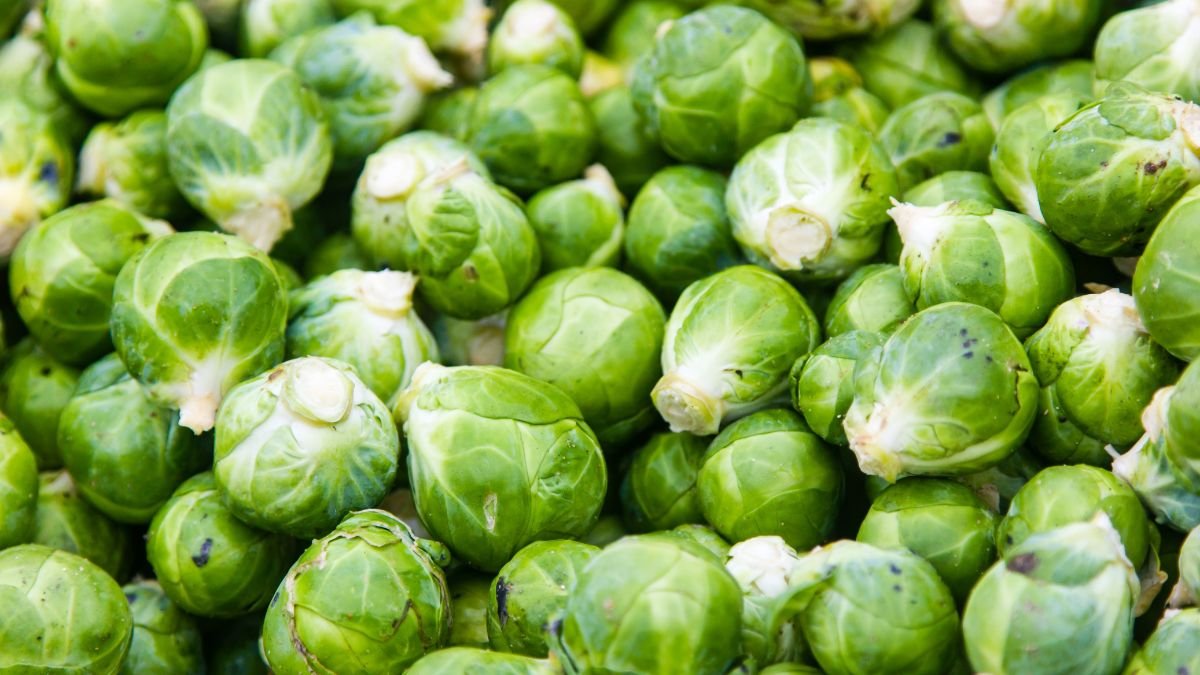
Timing is important with Brussels sprouts. Planting them too early causes the summer heat to curb growth. And planting them too late causes frost to ruin the crop before maturity. They flourish in cool weather but need a long growing season that is around 90 to 100 days of steady, average temperatures.
The plants grow tall, sometimes reaching three feet, and require sturdy support to avoid toppling. Strong winds or heavy rain can snap stems, ruining months of effort. Pests love them, too. Aphids cluster underneath leaves, and cabbage worms chew through sprouts if left unchecked.
Frost improves flavor, but only if it comes at the right time. A sudden early freeze kills young plants, while a late one may leave sprouts underdeveloped. Gardeners in unpredictable climates often struggle to get it right. Even with perfect conditions, loose or bitter sprouts are a common dismay.
8. Fennel

Fennel is very particular. The slightest stress, like heat, drought, or even transplant shock, triggers bolting. Once it flowers, the bulb stops growing, leaving gardeners with tough, inedible stems.
Soil quality matters, but so does spacing. Crowded plants compete for nutrients, resulting in stunted bulbs. They need deep, loose soil and constant moisture without waterlogging. Even then, success isn’t guaranteed.
Florence fennel, the bulbing variety, is especially sensitive. A single hot spell can ruin an entire crop. Some gardeners plant in succession, hoping at least one batch avoids bolting. Others give up entirely, opting for leafy varieties instead.
9. Oca

This Andean tuber won’t form edible roots unless days are exactly 12 hours long. In most regions, that means waiting until late fall for harvest, that is if frost doesn’t attack first.
Oca grows slowly, often taking six months or more. Warm weather boosts leafy growth but delays tubers. Cooler temperatures help, but too much cold kills the plant. It’s a delicate balance few climates provide naturally.
Pests usually ignore oca, which is a rare advantage. The real challenge is patience. Many gardeners mistake lush foliage for progress, only to dig up tiny, underdeveloped tubers in disappointment.
10. Salsify

Salsify’s long, delicate roots twist and fork at the slightest obstacle. Rocks, clumps, or even heavy soil ruin their shape, making harvest difficult. Only the deepest, loosest soil works. Sandy or well-tilled earth is the best.
Germination is slow and uneven. Seeds must stay moist for weeks, yet overwatering causes rot. Thin seedlings carefully; crowding leads to misshapen roots.
Even when grown well, salsify’s flavor divides opinions. Some love its oyster-like taste, while others find it bland or woody. For the effort required, many gardeners decide it’s not worth the gamble.
11. Sweet Potatoes

Sweet potatoes won’t succeed unless summer feels like a furnace. They require months of humid heat that is ideally above 75°F, even at night, to develop those plump, starchy roots. In cooler climates, the vines grow lush and green, but underground, the tubers stay skinny and useless.
Loose, sandy soil is non-negotiable. Heavy clay or compacted earth forces roots to grow twisted or stunted. Planting slips too early risks cold damage, while starting late cuts into precious growing time. Even watering requires balance: too much causes rot, too little cracks the tubers.
Pests love sweet potato leaves almost as much as gardeners hate them. Vine borers tunnel through stems, while voles sneak in from below. Harvesting is another gamble. Diggig them too soon renders yields as meager; waiting too long causes frost and turns your crop to mush.
12. Eggplant

Flea beetles attack eggplant seedlings like they’re a free buffet. These tiny pests pockmark leaves with holes, draining plants before they even flower. Without aggressive protection like row covers, neem oil, or sacrificial trap crops, seedlings often fail outright.
Heat is another barrier. While eggplants crave warmth, long temperatures above 90°F cause blossoms to drop. Cold nights below 50°F stunt growth. They need Goldilocks conditions: consistently hot but not scorching, with undisturbed moisture.
Diseases like verticillium wilt lurk in soil, thrashing when plants are stressed. Heavy fruits can snap branches without support. Even when everything goes right, eggplants sometimes produce disappointingly small or bitter fruit.
13. Okra
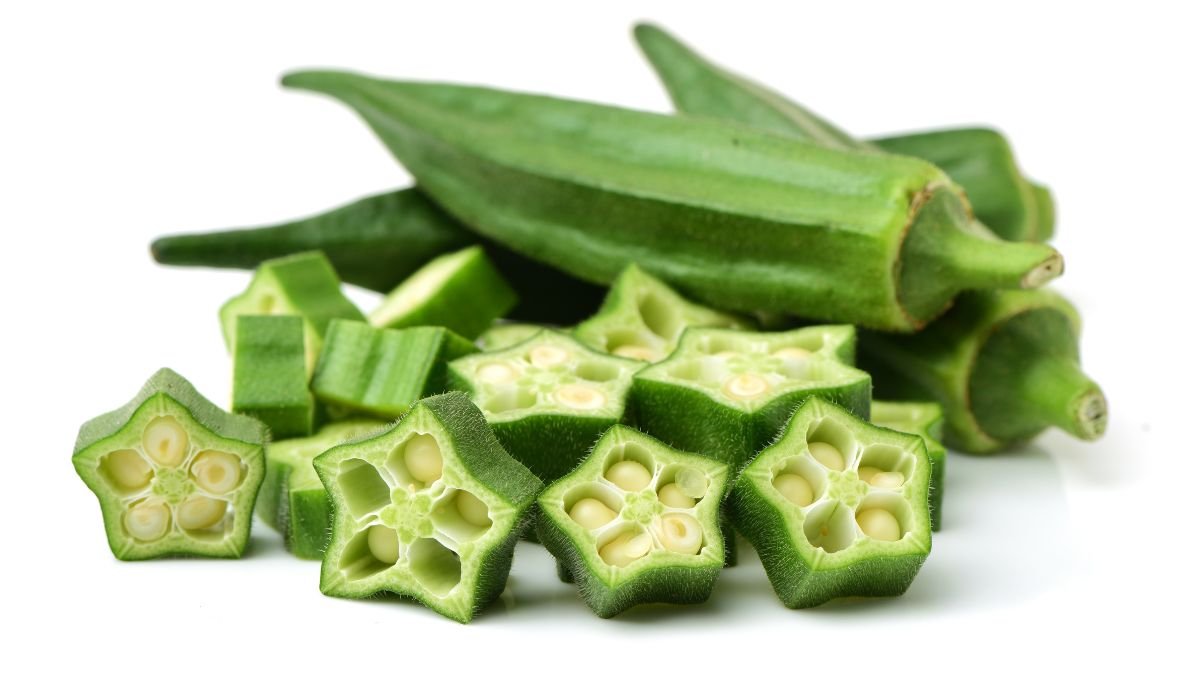
Okra seeds reject waking up in cold soil. Planting them too early causes rot underground. Wait until the ground hits 70°F, and you’ve lost weeks of growing time. Even then, germination is spotty, so soaking seeds helps, but some stubbornly refuse to sprout.
Once up, okra grows slowly at first, testing patience. Weeds outcompete it easily in those early weeks. Sudden cold snaps kill young plants, while drought makes pods tough and fibrous. Harvest timing is lethal. Pods go from tender to woody in a single day. If you miss the window, you’re left with inedible spears better suited for crafts than cooking.
14. Horseradish

Horseradish spreads like a weed but acts like a diva about soil. Once planted, it’s nearly impossible to destroy. The roots regrow from the tiniest fragment left underground. Yet, if the pH isn’t between 6.0 and 7.5, roots stay thin and weak.
Too much nitrogen fuels leafy growth at the expense of pungent roots. Compacted soil causes twisted, forked roots that are hard to peel. Digging up mature plants is a backbreaking chore, often revealing disappointing yields despite years of growth. Let it flower, and it’ll seed everywhere. Ignore it, and it takes over the garden. There’s no winning, only containment.
15. Romanesco
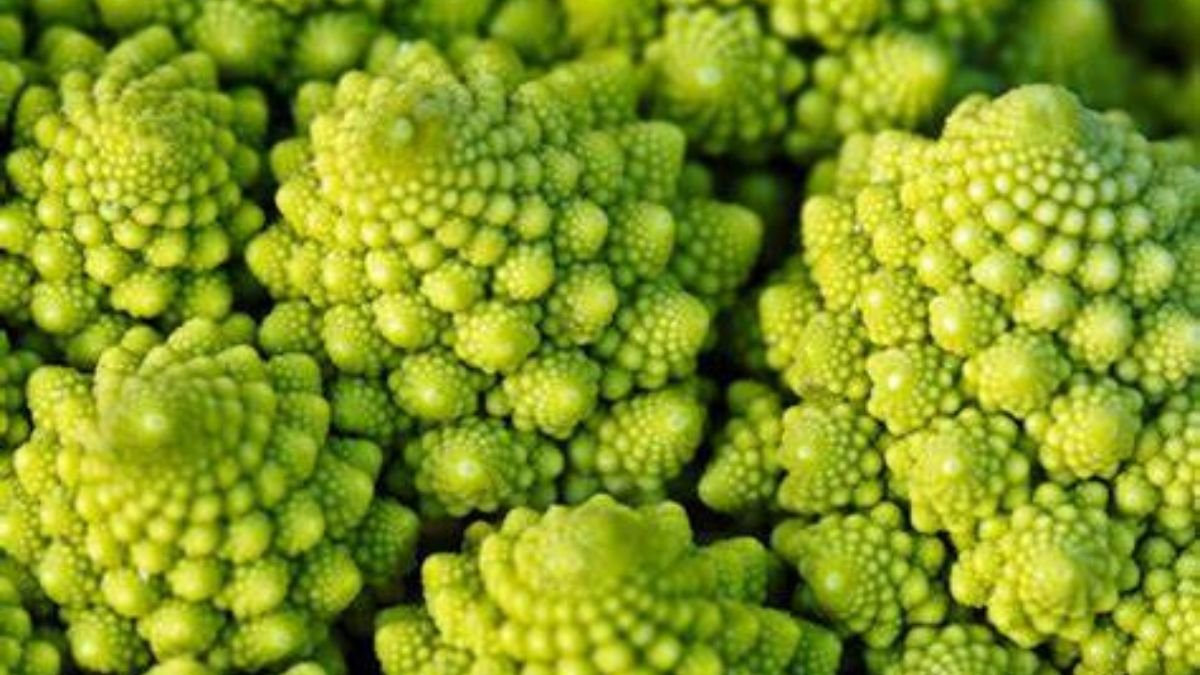
Romanesco’s stunning spirals form only under exact conditions. Temperatures must stay between 60-70°F for weeks. Higher temperatures cause the heads to loosen, and colder temperatures cause the growth to stall.
Soil nutrients must be accurate. Too much nitrogen creates loose, leafy heads. Boron deficiency causes hollow stems. Even slight fluctuations in water stress the plant, ruining symmetry.
Pests adore Romanesco as much as gardeners do. Aphids hide in its crevices, while cabbage moths lay eggs undetected. Harvest too late, and the fractal beauty dissolves into a mushy mess. Most attempts end in uneven, half-formed heads.

